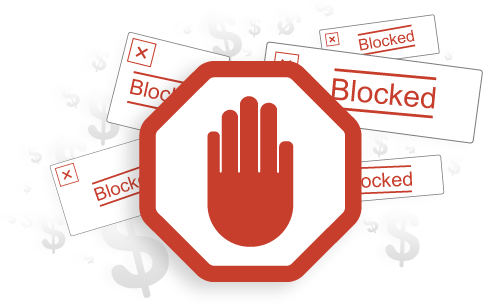[ad_1]
If you want to avoid paying for piano lessons, there is an effective method that can save you time and money. In essence, it involves doing the opposite of everyone else. I used this principle to skip several piano notes in a few months, on my own; I am convinced that you can teach yourself the piano using this concept.
One of the keys to doing this is to analyze what works and what doesn’t – and adjust what you do accordingly. It’s a common concept in business, but I’ve rarely seen it applied to playing the piano. By using it, you can avoid paying a teacher. It is invaluable when you want to learn the piano yourself.
It’s called the 80-20 rule.
Also known as the Pareto Principle, this is a very effective concept that has helped me eliminate most of the less effective parts of my piano practice and allowed me to learn songs 10 times faster. than my peers. I was also able to remove the teacher element, which was acting as a bottleneck, and started teaching myself.
The principle simply states that 80% of production comes from 20% of effort or time (or 90-10, or 99-1; the exact ratio doesn’t matter, only the rough concept). Applied to learning the piano, we discover that 80% of the progress made is due to only 20% of effort. Therefore, most of what people do in practice has a low impact on several very important things. Unfortunately, what a piano teacher does often ends up in the 80% ineffective, which means that beyond a certain level the lessons become less and less useful.
The problem is, which 20% is more important?
Obviously, when learning a piece, it is essential to look at the score; if we don’t do that, we can’t learn the play. Memorization is the second; if we don’t memorize a song, we can’t play it properly. So to start, you have to scan the part and memorize it as quickly as possible.
I do this by deconstructing the piece, using a pencil on the sheet music. I mark all the different sections (look for different musical forms, such as ABA and Sonata Form), count the number of bars, analyze the key changes, work out the repeated sections, determine where the melody and harmonies are, determine all the part patterns (whether in melody, harmony, scales, arpeggios) and label all of the different parts.
This is the best way to memorize a piece: by analyzing it to death. It is only by doing this that you can achieve a high skill level when you are learning the piano for yourself.
This activity may only be 2% of what most people do in the entire time they are learning a new piece, but it is well 50% of the end product. So it makes sense to maximize the effect by spending more time than usual and digging in as much as possible. In order to balance time, we also need to eliminate things that have less impact.
So what can we eliminate?
The things I had largely gotten rid of included: scales and arpeggios (at least more than once or twice a week for more than half an hour – more than that is excessive and not necessary); practice easy parts (you don’t need to, they are already easy!); don’t get carried away and train too much (maximizing post-practice improvement).
Remember, learning a 95% proficiency song only takes a few weeks at most, but learning a 99% proficiency song can take months, if not most of a year. Stick to passable precision rather than invincible technique; most audiences cannot tell the difference. Most teachers don’t know it, but with this knowledge you have reached the first step in being able to teach yourself piano.
[ad_2]
Source by Sebastian Mitchell


